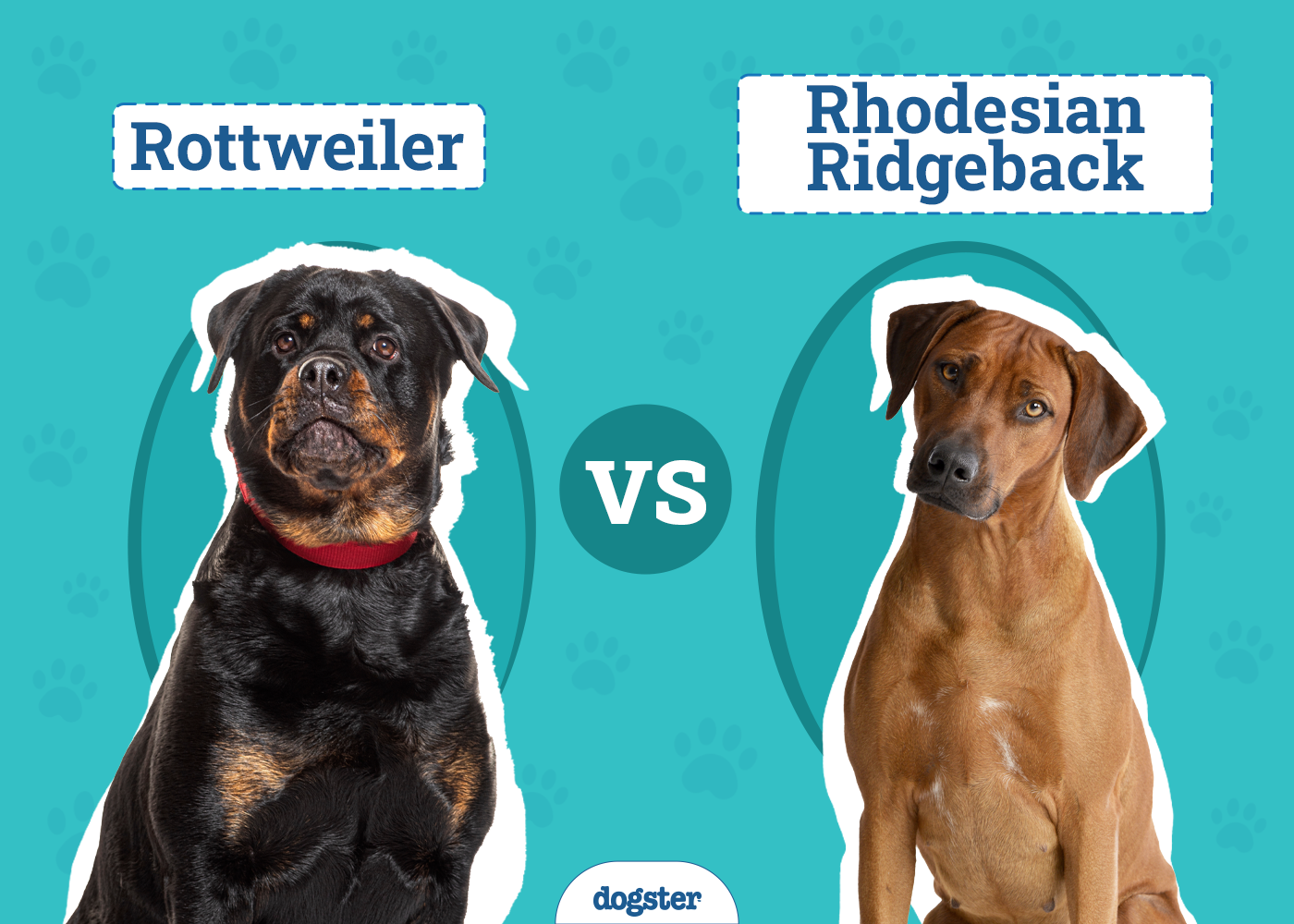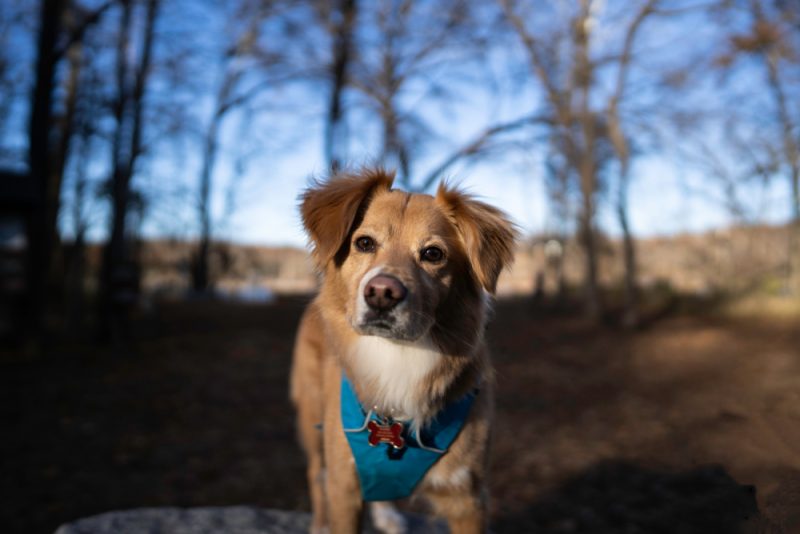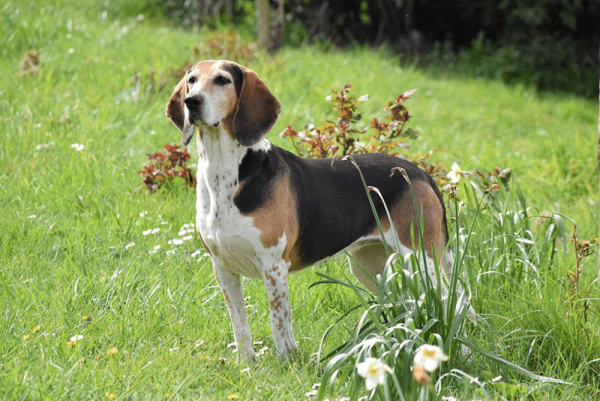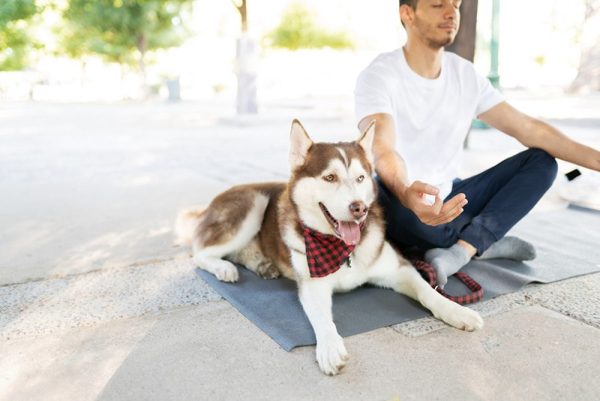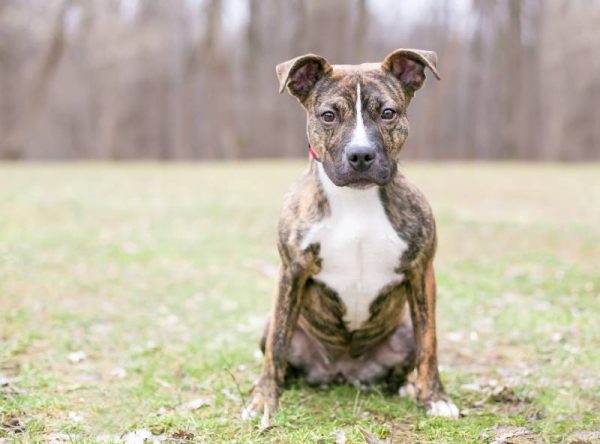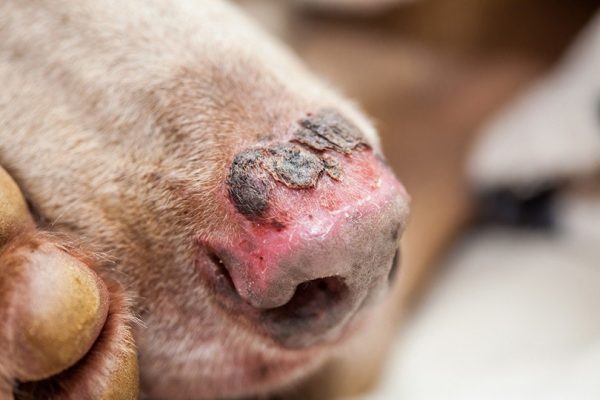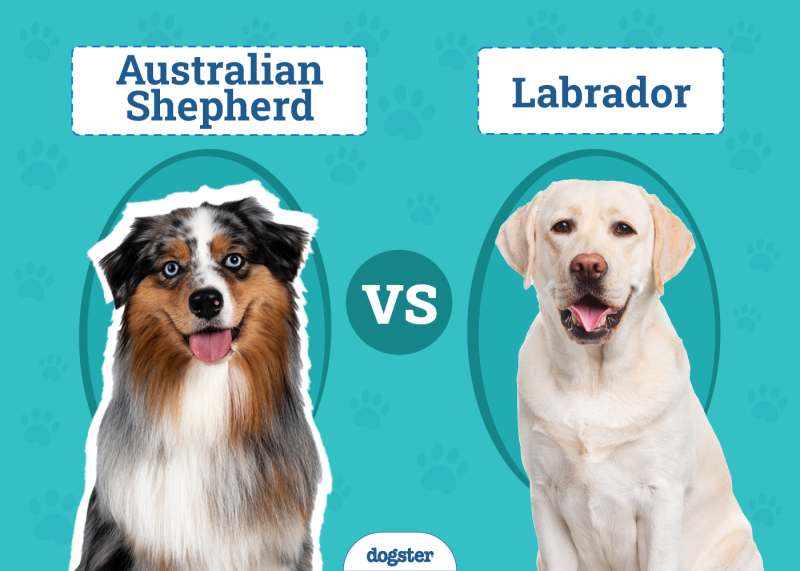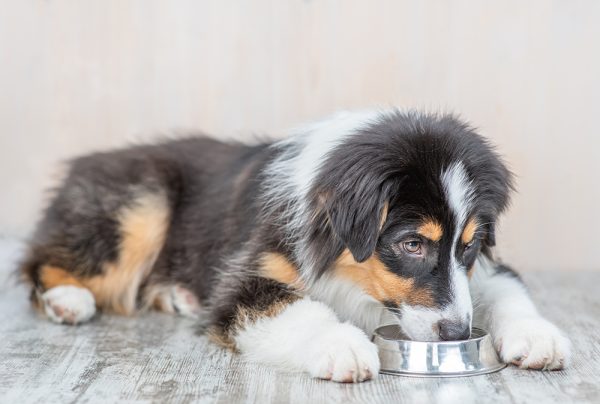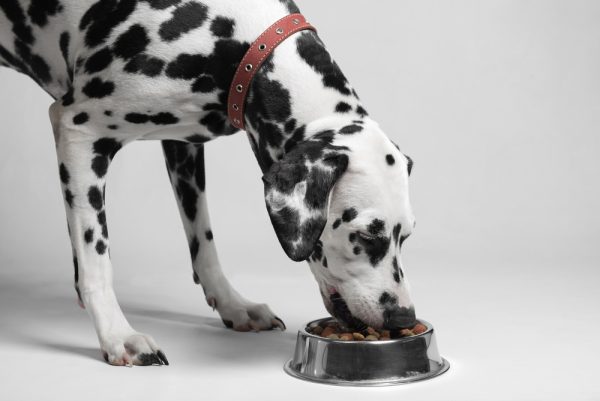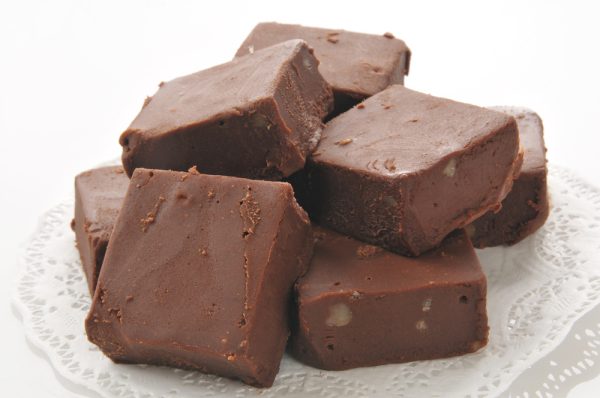In this article
View 3 More +The Rottweiler and the Rhodesian Ridgeback are two majestic dog breeds that make wonderful pets, and each possesses unique characteristics that make them highly sought after by dog lovers worldwide. If you are on the fence about which breed is right for you, keep reading as we dig in and compare their physical and mental attributes so you can make an informed decision.
Visual Differences

At a Glance
- Average height (adult): 22–27 inches
- Average weight (adult): 80–135 pounds
- Lifespan: 9-10 years
- Exercise: 2+ hours a day
- Grooming needs: Low
- Family-friendly: Yes, loving
- Other pet-friendly: Varies
- Trainability: Intelligent, eager to please, high mental stimulation needs
- Average height (adult): 24–27 inches
- Average weight (adult): 70–85 pounds
- Lifespan: 10–12 years
- Exercise: 2+ hours a day
- Grooming needs: Low
- Family-friendly: Yes, loving
- Other pet-friendly: Varies
- Trainability: Intelligent, keen to be trained, high mental stimulation needs

Rottweiler Overview
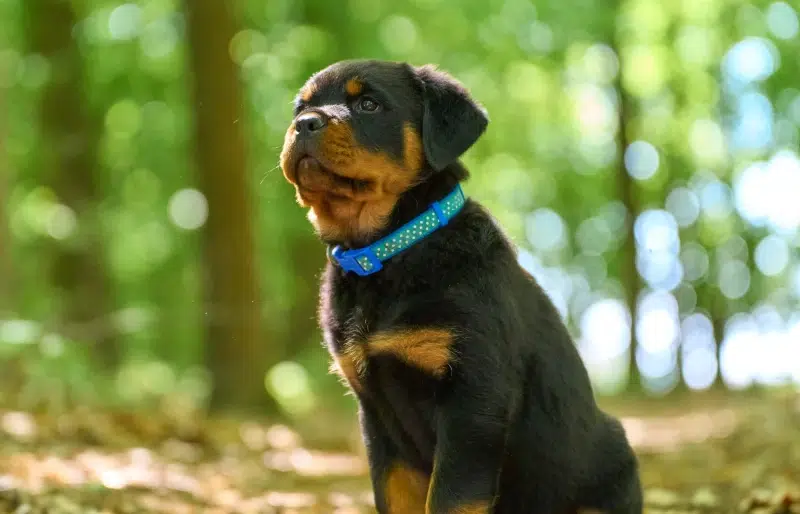
Personality / Character
Rottweilers are extremely loyal to their family and form strong bonds with their caretakers. Most owners describe them as confident and self-assured, which means they remain calm even in challenging situations. They are also natural guardians that will fiercely protect you and your home. However, they are also gentle, loving, and eager to please, so they are easy to train.
Appearance
The Rottweiler is a large breed that often stands 22–27 inches at the shoulder. They have a strong, well-developed frame with a broad chest, a powerful body, and a well-defined, moderately rounded head. The ears of a Rottweiler are medium-sized and pendant-shaped, and the eyes are medium-sized and dark. The short and straight black coat has well-defined tan markings. These dogs historically had their tails docked (partially amputated) as puppies, though that practice is now considered unethical and is banned or frowned upon in many countries.

Grooming
Rottweilers are easy to groom and have short, dense coats that shed moderately year-round. Regular brushing helps remove loose hair and distribute natural oils. Once or twice per week is usually enough, but you may need to do it more frequently during the shedding seasons in fall and spring. They rarely need a bath and should be good for 2–3 months unless they get into something dirty. You may also need to trim their nails, depending on where they usually walk. Inspect their eyes and ears regularly.
Another important part of keeping your Rottweiler in great shape is brushing their teeth with pet-safe toothpaste to help slow the progression of dental disease.
Suitable For:
The Rottweiler is an active breed that requires regular exercise and plenty of mental stimulation, so they are ideal for active families and those with several members who can help them get enough exercise to stay healthy. They can also have a strong personality and may be best suited for experienced dog owners.

Rhodesian Ridgeback Overview

Personality / Character
The Rhodesian Ridgebacks are loyal and affectionate dogs that make great pets. They are protective of their owners and patient with children. However, they can be independent, which can cause them to spend a great deal of time off on an adventure and make it more difficult to keep them focused during a training session. They can also be wary of strangers if you don’t socialize them with as many people as possible when they are still puppies.
Appearance
Rhodesian Ridgebacks are large and muscular, usually standing 24–27 inches tall. The most distinctive feature of this breed is the ridge of hair that runs along their back in the opposite direction of the rest of the hair. Overall, they have a short, smooth, and sleek coat that protects against the elements. The color may vary slightly but is usually a rich shade of reddish-brown. This dog has an expressive face, medium-sized dark eyes, and medium-sized ears that sit high on the head.
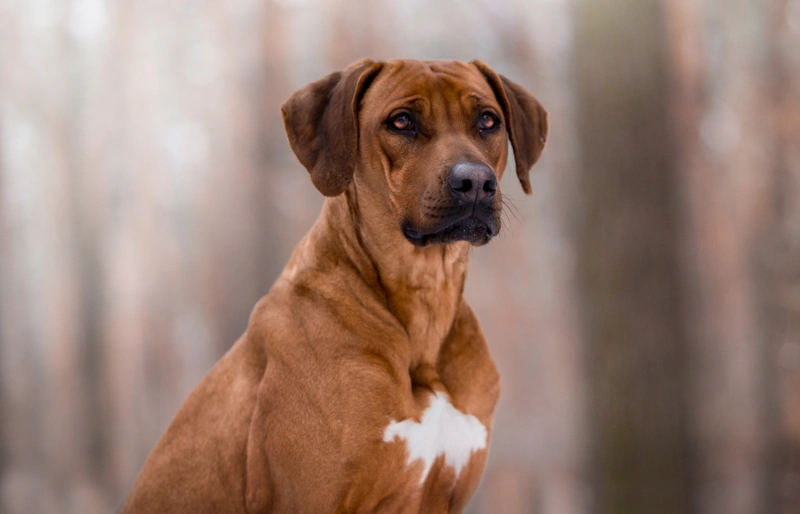
Grooming
Like the Rottweiler, grooming the Rhodesian Ridgeback is quite easy due to their short coat that only requires once or twice weekly brushing. You must be careful when brushing the distinctive ridge on their back to avoid damaging or altering it, though. Dental brushing, nail trimmings, and ear and eye maintenance are all important with this breed to help keep them healthy and happy.
Suitable For:
The Rhodesian Ridgeback is a high-energy breed that requires regular exercise and high levels of mental stimulation, which makes them good for active families. They are also independent, which makes them best suited to experienced owners. However, when raised properly, they are excellent family pets and can adapt to various living environments. They are also smaller than Rottweilers, so they don’t need quite as much space.

Which Breed Is Right for You?
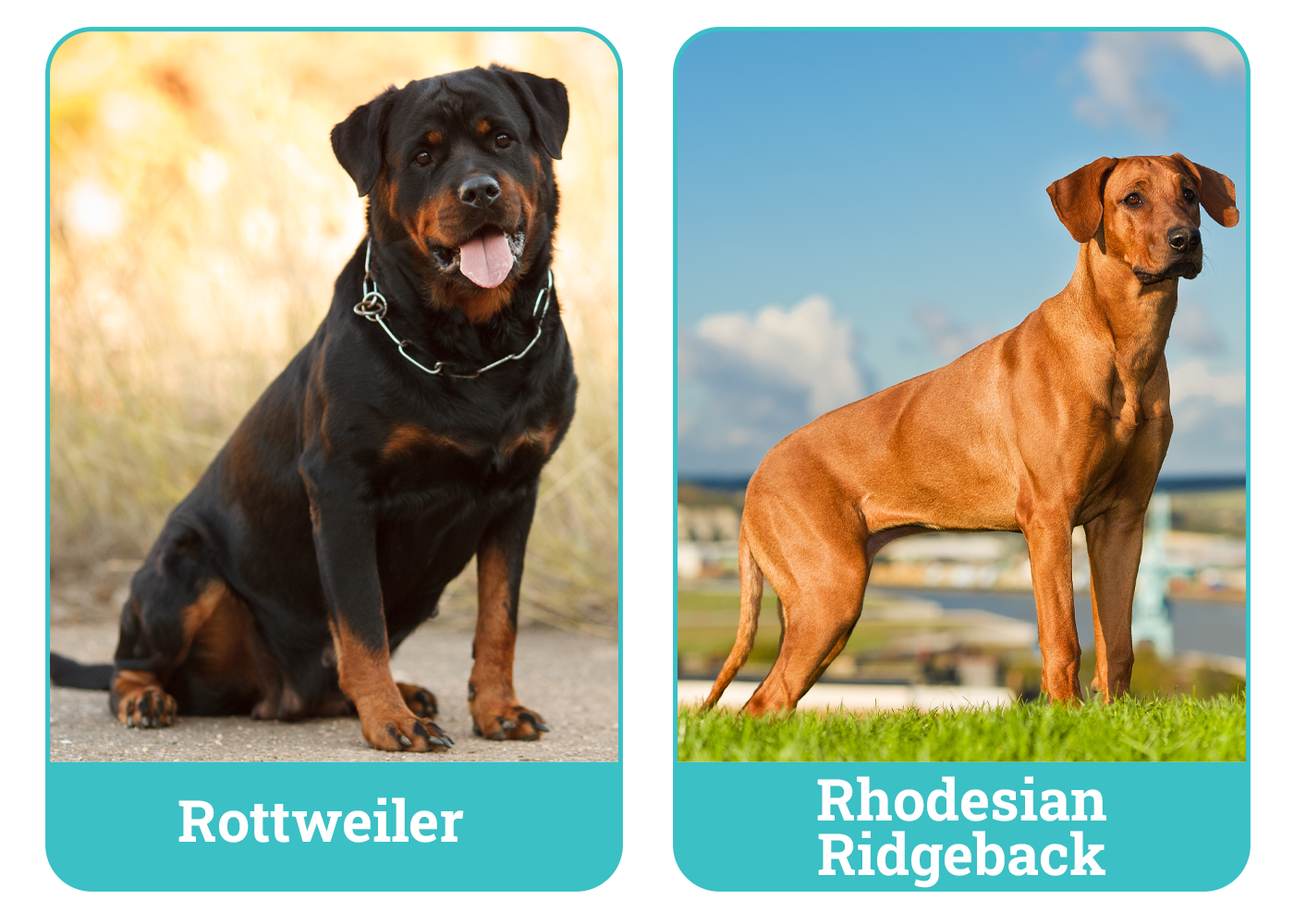
Rhodesian Ridgebacks can be a bit more active than Rottweilers. They are also more stubborn and independent, so they are likely better for experienced owners. Rottweilers also need plenty of exercise but are more eager to please, so they are easier to train, making them better for new pet owners as long as they can keep up with them. Both are affectionate, loyal, and protective and make great companions.
Related Reads:
Featured Image Credit: Top – RebeccasPictures, Pixabay | Bottom – Nina Quka, Pexels
